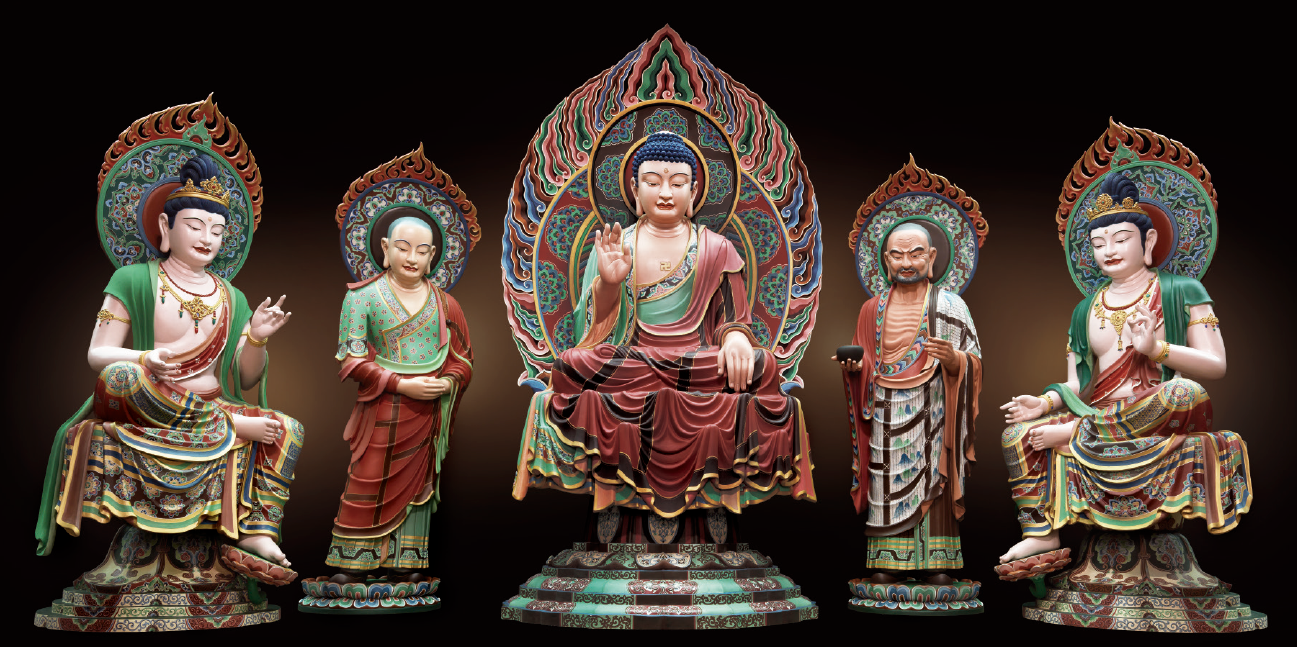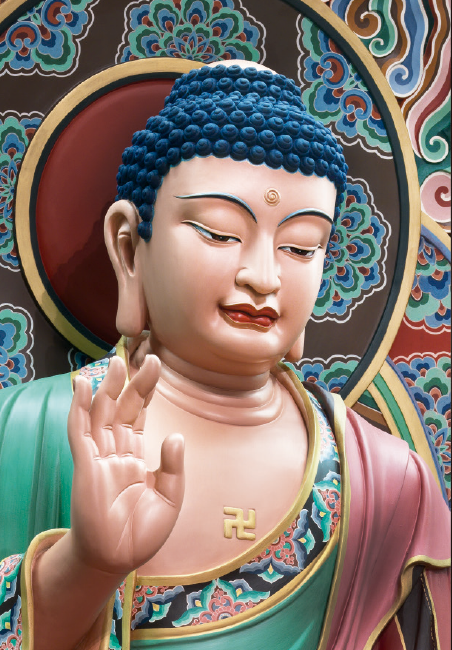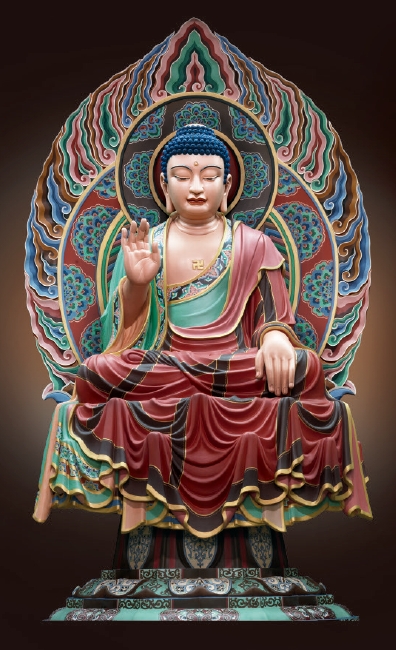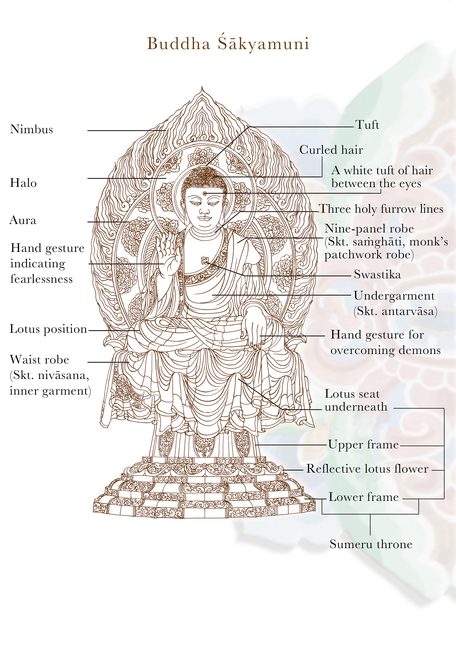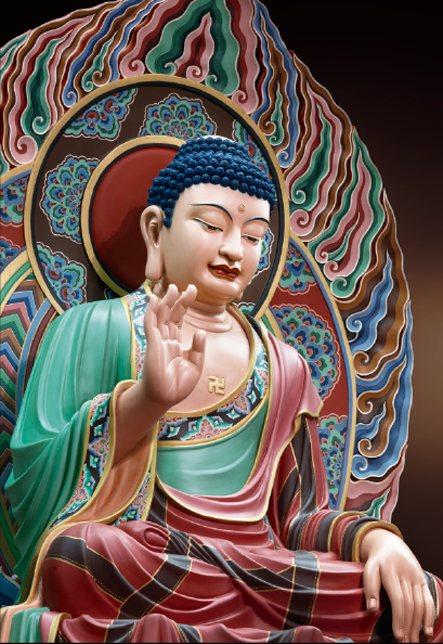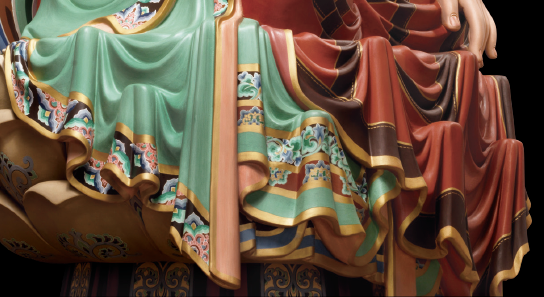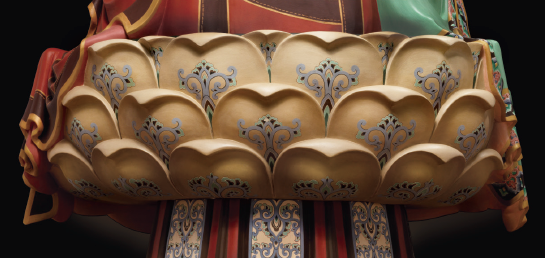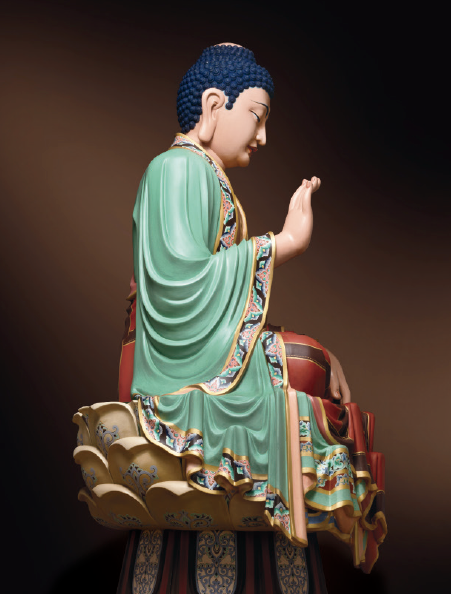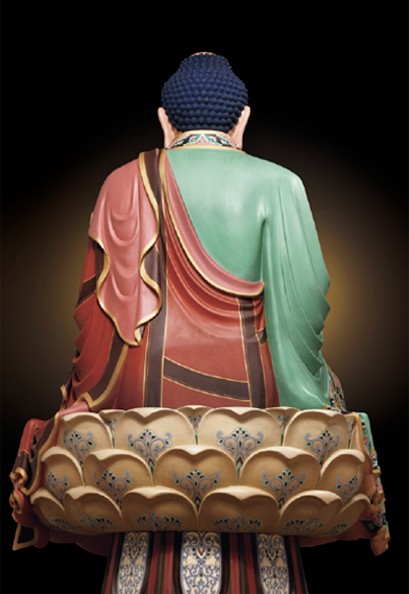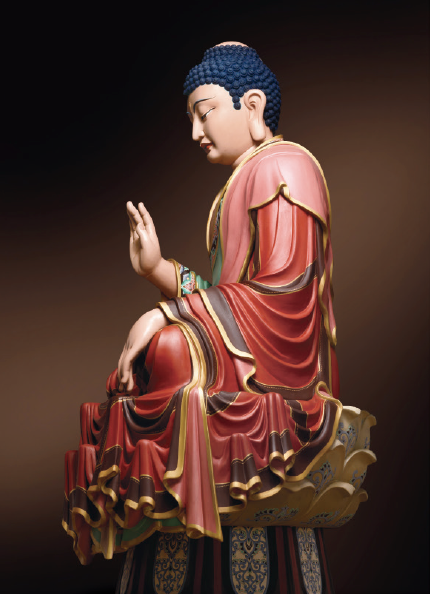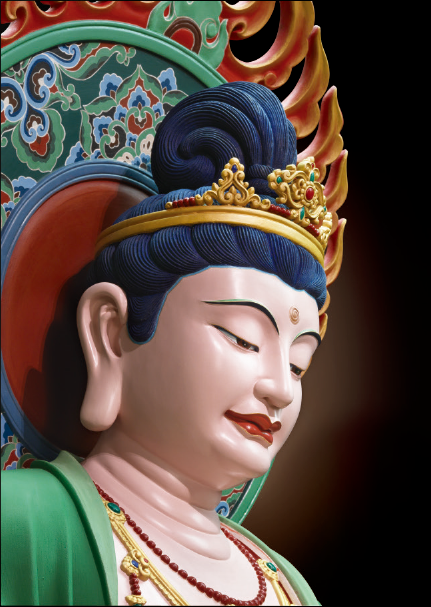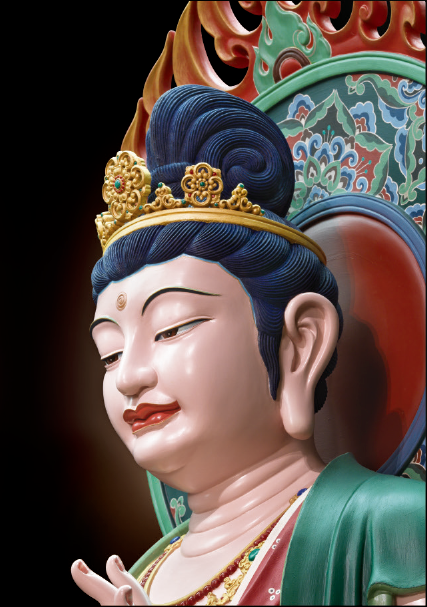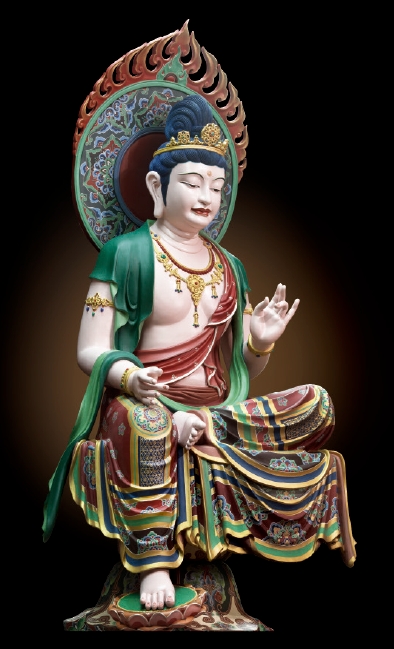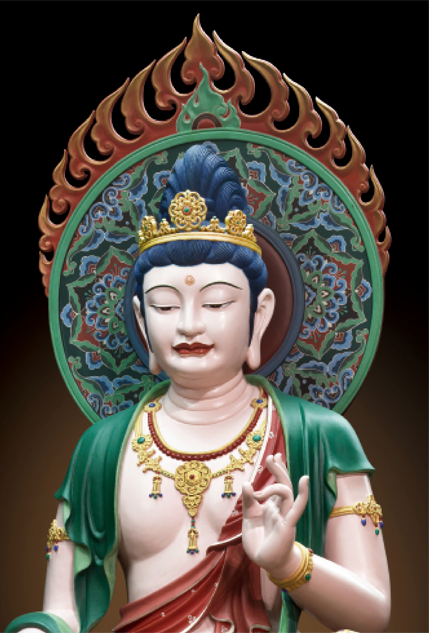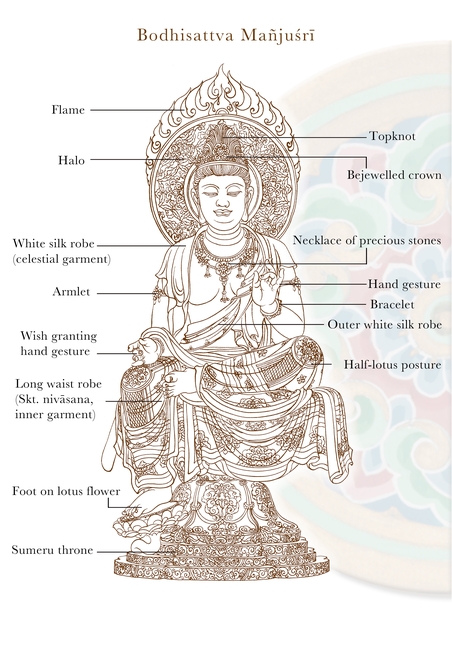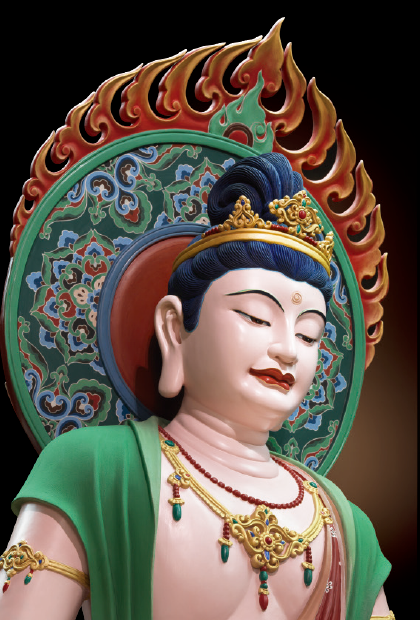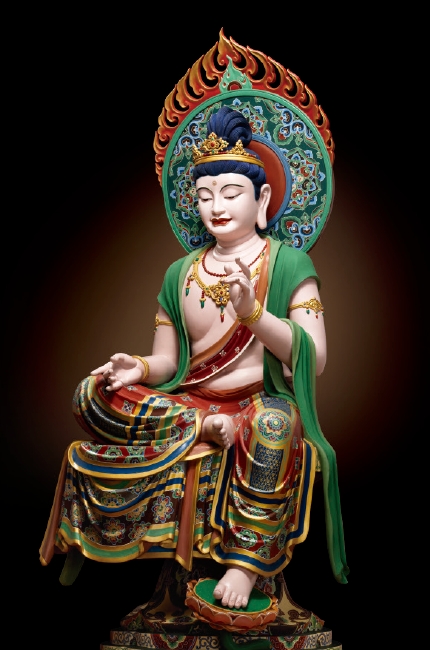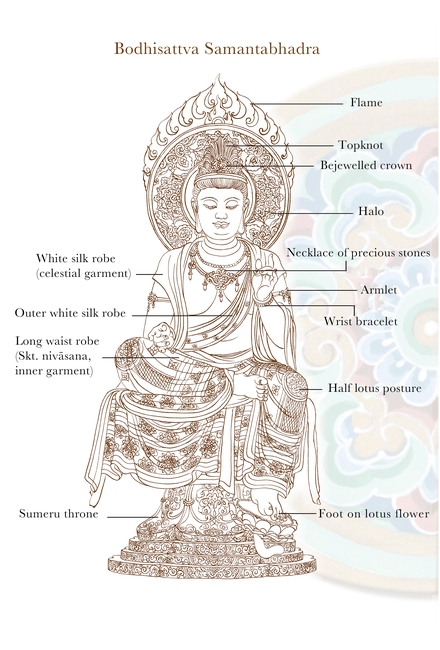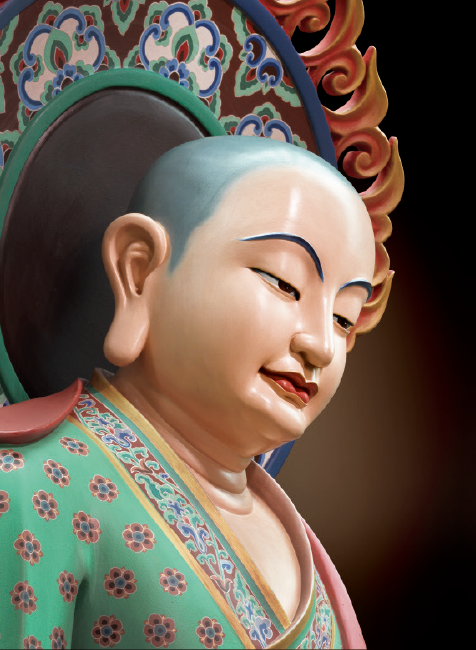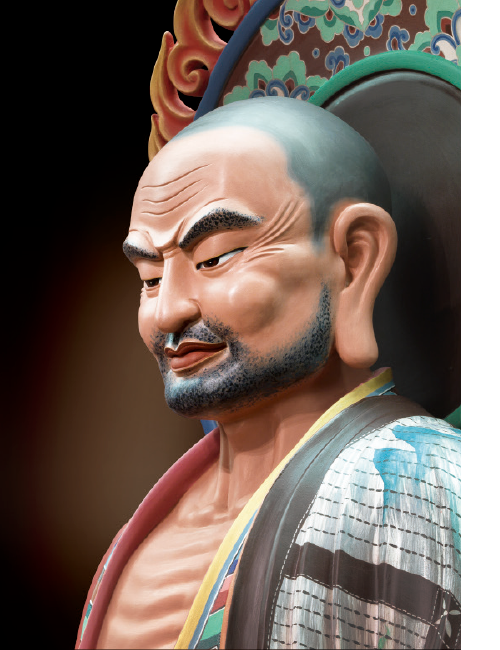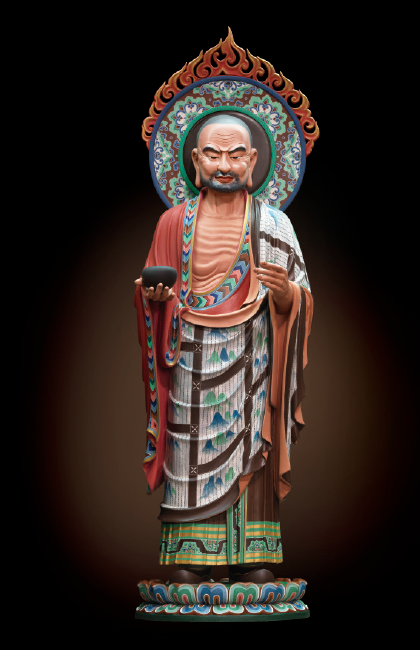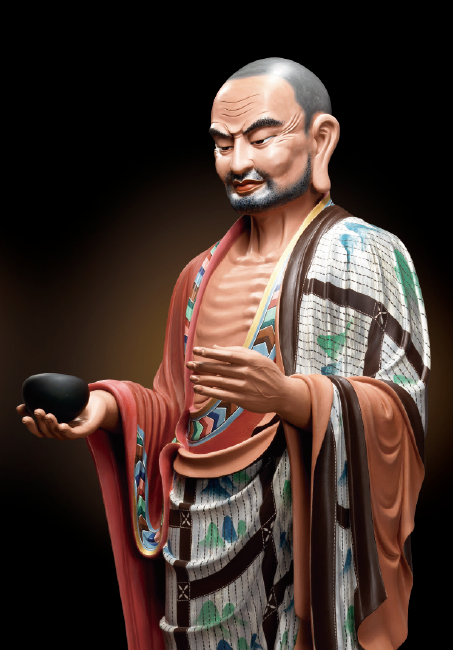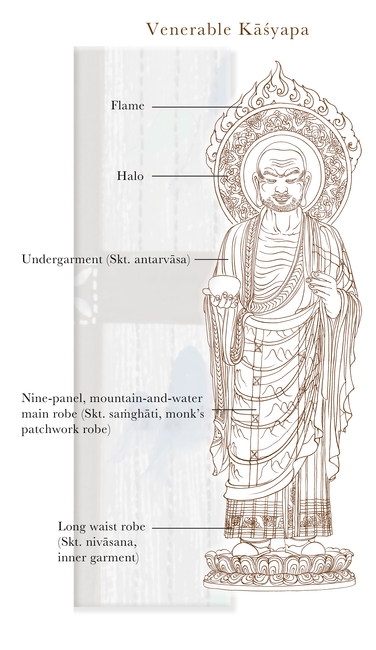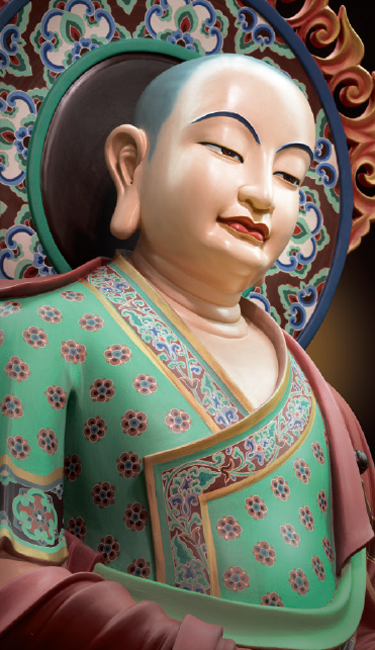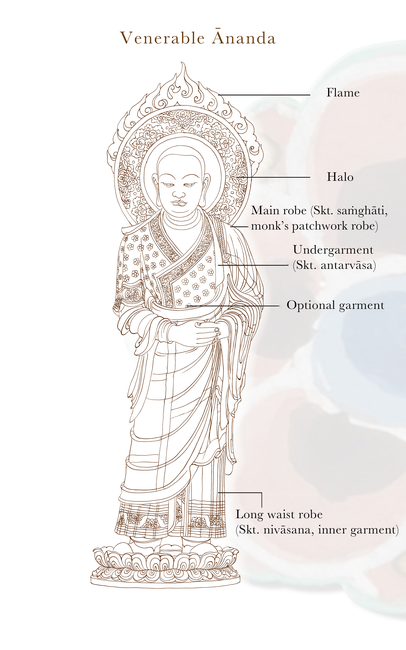

Painted Sculptures of Dunhuang
Painted sculptures is the main medium of art found in Dunhuang, a traditional craft dating back to the Han people of Gansu Province. Produced a millennium ago and over 3,000 in total, these Chinese Buddhist statues are exquisite in terms of quantity, quality, antiquity, craftsmanship and indeed a rare treasure trove.
Many colourful Buddhist statues can be found in the world famous Mogao Caves of Dunhuang. Created a millennium ago, the most exquisite statues are from the High Tang period. Noble features reflecting high respect for Buddhism and the integration with sentient beings is the essence of these works of art. They are invaluable and flawless interpretation of Buddhist ideals and Chinese aesthetics.
This book is an introduction to the colourful statues reproduced at Chi Lin Nunnery. Based on the sculptures of Mogao Caves 328 and 45 which represents the apex of painted sculptures of the High Tang period, these are exact replicas in wood of a Buddha, two Bodhisattvas and two Disciples.
The original Dunhuang sculptures are masterpieces, exceptional prototype for generations to come. With reverence, a thousand years later, we strive and venture to faithfully replicate and to encapsulate the essence of the original statues. We respectfully present these recreations of the Buddhist art of Dunhuang and in the hope of reviving this ancient art form for all to appreciate.
